Russia has confirmed it has successfully tested the Burevestnik, a nuclear-powered and nuclear-capable cruise missile that President Vladimir Putin says can overcome any defence system in existence today or in the foreseeable future.
The announcement, made on Sunday was aimed at signalling to the West that Russia remains undeterred by pressure over the ongoing war in Ukraine.
The test was accompanied by an extensive nuclear forces drill, marking a high point in Moscow’s show of military readiness.
It came at a time when diplomatic channels between Russia and the United States appeared to be faltering, and just as Washington introduced some of its most serious sanctions yet against Russian energy companies.
How Putin touted the Burevestnik missile
Putin, dressed in camouflage fatigues while addressing senior military officials at a command post overseeing the conflict in Ukraine, declared that the Burevestnik had successfully completed a major trial phase.
“It is a unique ware which nobody else in the world has,” he told the assembled generals, stating that the missile represents an entirely new category of strategic weaponry.
He added that the test marked the completion of “crucial testing” and that the next steps would involve defining how the system will be classified and constructing the necessary infrastructure for its deployment.
General Valery Gerasimov, Chief of the General Staff of Russia’s Armed Forces, briefed Putin that the missile flew for approximately 15 hours, covering a distance of around 14,000 kilometres (8,700 miles).
According to Gerasimov, it operated throughout the flight on nuclear propulsion.
He reported that the system successfully demonstrated its “high capabilities in evading anti-missile and anti-aircraft defences,” adding that its design allows it to defeat “any anti-missile defences.”
Putin said he had once been told by Russian specialists that such a weapon might never be feasible, but after years of development and testing, the missile’s success had proven those doubts wrong.
He stated that Russia now needed to determine how the missile would be integrated into its overall strategic arsenal.
What we know about the Burevestnik
The missile, officially designated 9M730 Burevestnik, which translates to “storm petrel,” has been under development for years and was first publicly announced by Putin in March 2018.
Nato refers to it as the SSC-X-9 Skyfall. The weapon is both nuclear-powered and nuclear-armed, giving it capabilities distinct from conventional cruise missiles.
Unlike standard systems that rely on conventional fuel and are thus limited in range, the Burevestnik is equipped with a miniature nuclear reactor.
This allows it to remain airborne for extended durations — theoretically days — and travel intercontinental distances without refuelling.
The Nuclear Threat Initiative (NTI), a US-based non-profit specialising in security analysis, explained in a 2019 assessment that the missile could “carry a nuclear warhead (or warheads), circle the globe at low altitude, avoid missile defences, and dodge terrain; and drop the warhead(s) at a difficult-to-predict location (or locations).”
Its nuclear engine would function by drawing air through a reactor that superheats it before expelling it to generate thrust. This design gives the missile a virtually unlimited range and unpredictable trajectory — qualities that make it difficult to detect and intercept.
Russia has asserted that Burevestnik can fly at extremely low altitudes — roughly 50 to 100 metres (164 to 328 feet) above the ground — far lower than conventional cruise missiles, which typically operate at higher altitudes.
Flying this low would allow the missile to evade radar detection by terrain masking and make interception by surface-to-air systems far more challenging.
According to the International Institute for Strategic Studies (IISS), which cited Russian military sources in 2021, the missile could have a theoretical range of up to 20,000 kilometres (12,400 miles), enabling it to strike targets anywhere on the planet from within Russian territory.
A 2020 report by the US Air Force’s National Air and Space Intelligence Center concluded that if the Burevestnik became operational, it would provide Moscow with “a unique weapon with intercontinental-range capability.”
How Russia intends to use the Burevestnik
The development of the Burevestnik is rooted in Moscow’s long-standing opposition to the United States’ missile defence initiatives.
When Washington withdrew from the 1972 Anti-Ballistic Missile (ABM) Treaty in 2001 and expanded Nato’s reach in Eastern Europe, Russia viewed these moves as direct threats to its nuclear deterrence posture.
Putin has repeatedly described the Burevestnik as a response to those developments.
In his earlier speeches and again on Sunday, he framed the missile as evidence that Russia had restored balance to the strategic equation, overcoming what he viewed as Western attempts to gain a first-strike advantage through missile defence systems.
According to Russian military expert Alexei Leonkov, the Burevestnik’s intended role would be to eliminate surviving enemy command centres, energy facilities, and industrial infrastructure after an initial exchange of nuclear strikes, reported Reuters.
He argued that after Russia’s intercontinental ballistic missiles (ICBMs) had destroyed the main defence systems of an adversary, the Burevestniks would follow to finish the job, saying they would “trample the aggressor countries into the Stone Age.”
How a successful test for the Burevestnik came at a high cost
While the Burevestnik is being presented by Moscow as a triumph of innovation, its development has been fraught with difficulties and tragedy. Western intelligence sources and defence analysts have documented a series of failed tests since 2017.
In 2019, a catastrophic accident occurred during a weapons test near the White Sea, resulting in the deaths of at least five Russian nuclear specialists.
The explosion released radiation into the surrounding area, prompting temporary evacuations. US intelligence agencies later assessed that the test was related to the Burevestnik programme.
Although the Kremlin did not initially confirm those claims, Putin later presented state awards to the widows of the scientists who died, praising their husbands’ work on a “weapon without equal in the world,” though he did not name the project specifically.
Putin later announced a “successful” test of the missile in October 2023, suggesting that technical problems had been resolved and that Russia was closer to operational deployment.
By 2024, American researchers identified what appeared to be the likely deployment site for the missile: a facility associated with nuclear warhead storage at Vologda-20, also known as Chebsara, about 475 kilometres (295 miles) north of Moscow.
Satellite imagery and intelligence analysis indicated new construction activity at the site, consistent with preparations for handling nuclear-capable delivery systems.
Why the timing of the test matters
The missile reportedly covered 14,000 kilometres during a 15-hour flight powered entirely by its nuclear reactor, validating its intercontinental reach and the viability of sustained flight under nuclear propulsion.
Putin announced the test results five days later during a meeting with military commanders. The announcement coincided with news that the United States had lifted restrictions on Ukraine’s use of some long-range Western-supplied missiles.
It also came amid new US sanctions on two of Russia’s major oil companies — measures that Moscow described as a direct provocation.
Putin’s special envoy, Kirill Dmitriev, conveyed details of the test to the Trump administration during his recent visit to the United States.
He also provided battlefield updates, underscoring the Kremlin’s view that its military advancements must be understood within the broader context of the war.
The test’s timing was also symbolic. It came just after a planned strategic nuclear forces drill overseen by Putin himself.
The exercise involved simulated command operations across Russia’s land, sea, and air-based nuclear platforms. Gerasimov said that training launches included Yars and Sineva intercontinental ballistic missiles and Kh-102 air-launched cruise missiles.
Putin commented that “the so-called modernity of our nuclear deterrent forces is at the highest level,” adding that Russia’s readiness surpassed that of any other nuclear power.
The missile test was as much a political statement as a military demonstration. Putin’s appearance in military attire and his announcement at a wartime operations post served to reinforce an image of defiance.
The Kremlin said the test was meant to signal that Russia would not be coerced into concessions over the conflict in Ukraine or its strategic interests.
How Moscow-Washington relations are faring
Relations between Moscow and Washington have deteriorated sharply. US President Donald Trump, who had sought to mediate a ceasefire between Russia and Ukraine, recently cancelled a planned in-person meeting with Putin in Budapest after concluding that negotiations were not progressing.
“It just didn’t feel right to me. It didn’t feel like we were going to get to the place we have to get. So I cancelled it,” Trump said.
He later added that any future summit “will have to wait until a potential peace deal seems achievable,” and that he was unwilling to proceed without a clear path toward progress.
The Kremlin has also warned that any attack on Russian territory would invite a “very serious, if not overwhelming” response — a statement echoed by Dmitry Peskov, the presidential spokesman, who reiterated this warning on Russian state television.
How Ukraine is dealing with the war
The announcement of the Burevestnik test coincided with one of Russia’s heaviest aerial assaults on Ukraine in recent months.
Over the weekend, more than 100 drones were launched across multiple regions, including the capital, Kyiv.
Ukrainian authorities reported at least three fatalities — a 46-year-old woman, her 19-year-old daughter, and another civilian — along with 33 wounded, including seven children.
“The youngest is four years old,” Kyiv Mayor Vitali Klitschko said.
Ukraine’s Interior Minister Ihor Klymenko reported that one of the attacks struck a high-rise building in the city’s Desnianskyi district, sparking a fire and damaging multiple floors.
Additional strikes hit other residential areas, including Obolonskyi, though firefighters managed to contain the damage.
In his nightly address, Ukrainian President Volodymyr Zelenskyy accused Russia of deliberately targeting civilians and residential structures.
“Every Russian strike is an attempt to inflict as much damage as possible on ordinary life,” he said, adding that “this week, they’ve been striking residential buildings, our people, our children… these are the main targets for the Russians.”
Zelenskyy reiterated his plea for more Patriot air defence systems to protect Ukrainian cities, stating that nearly 1,200 drones, over 1,360 guided bombs, and more than 50 missiles had been launched against Ukraine within a single week.
He warned that Ukraine’s existing air defence capacity remained insufficient to intercept the scale of ongoing attacks.
Meanwhile, inside Russia, local authorities in Belgorod reported that six civilians were injured by Ukrainian strikes, including three people in the city itself and three others in the nearby village of Dorogoshch.
Moscow’s Mayor Sergei Sobyanin confirmed that the capital’s air defences intercepted multiple incoming drones overnight, leading to temporary flight restrictions at Zhukovsky and Domodedovo airports.
Emergency crews were deployed to remove debris from the interceptions, while Russian state media reported that air defence systems had successfully neutralised dozens of drones.
With inputs from agencies


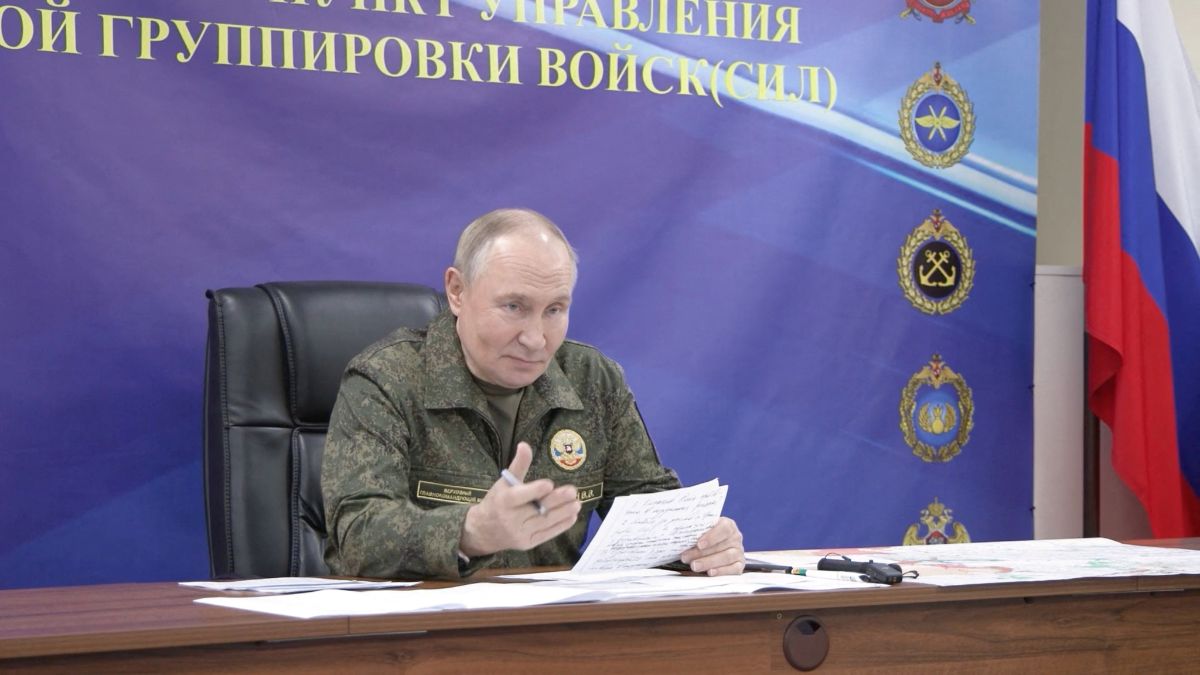)
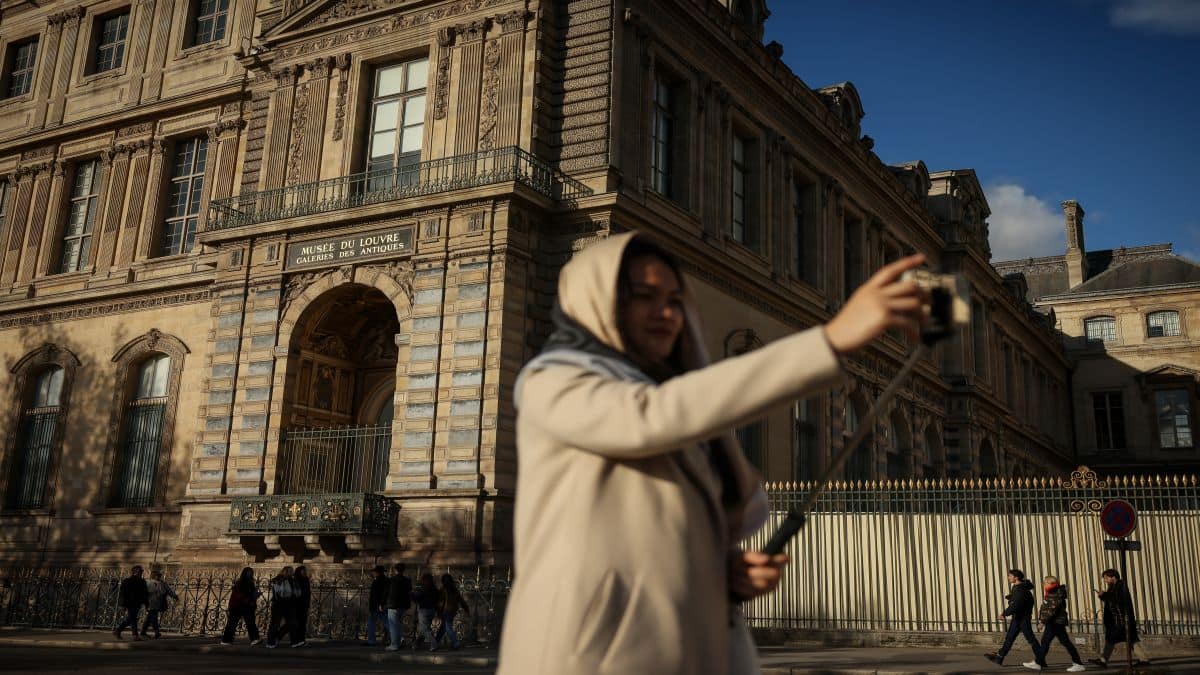
)
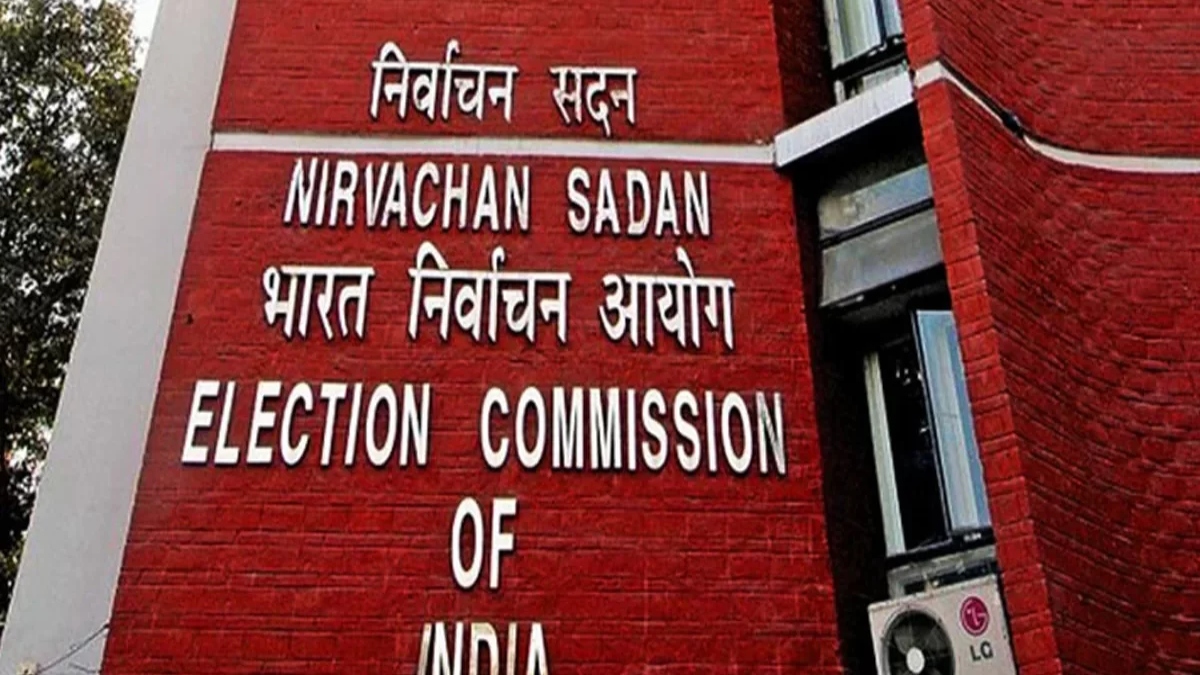)
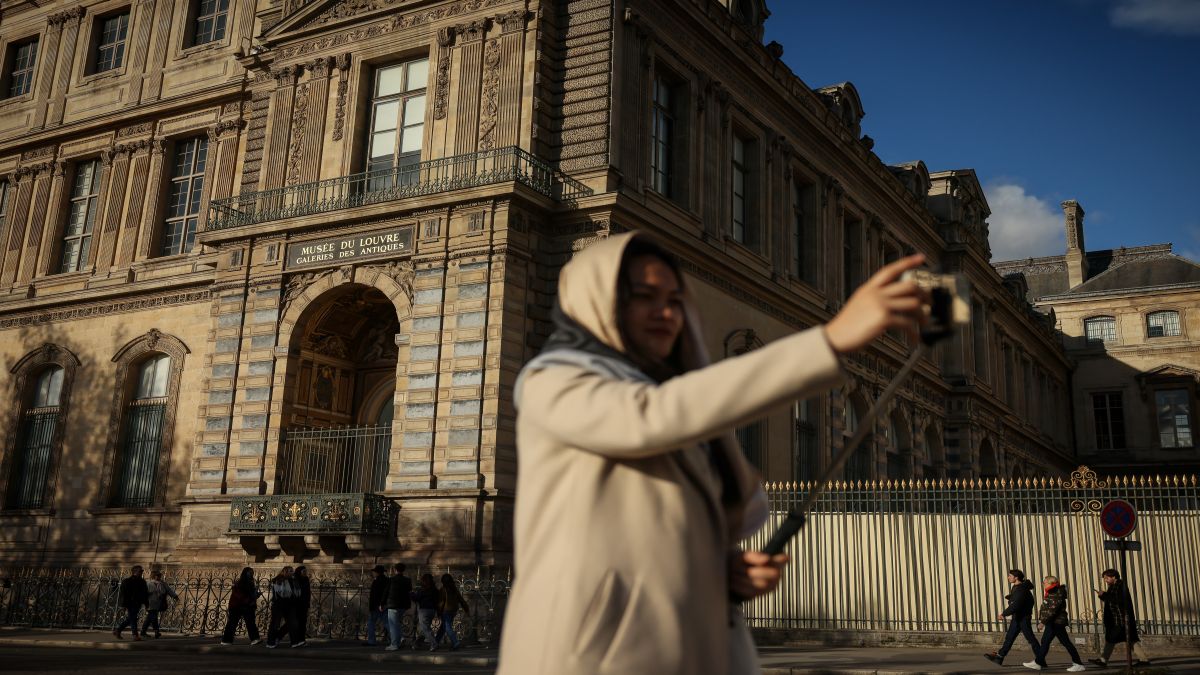)
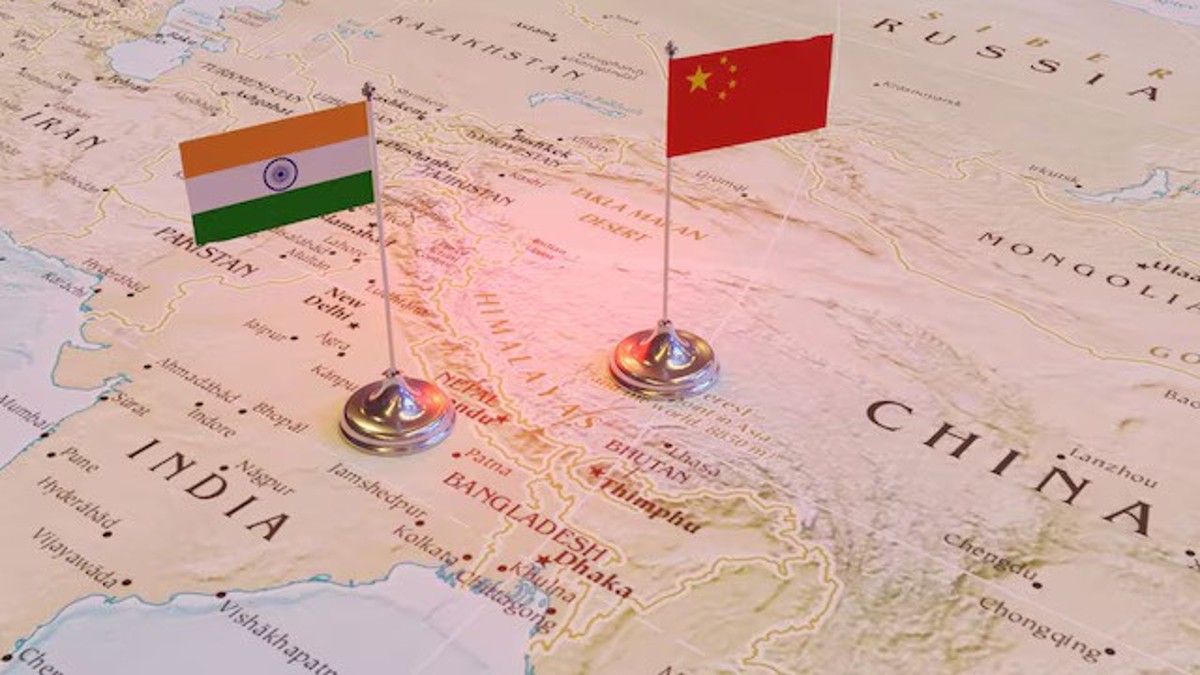)
)
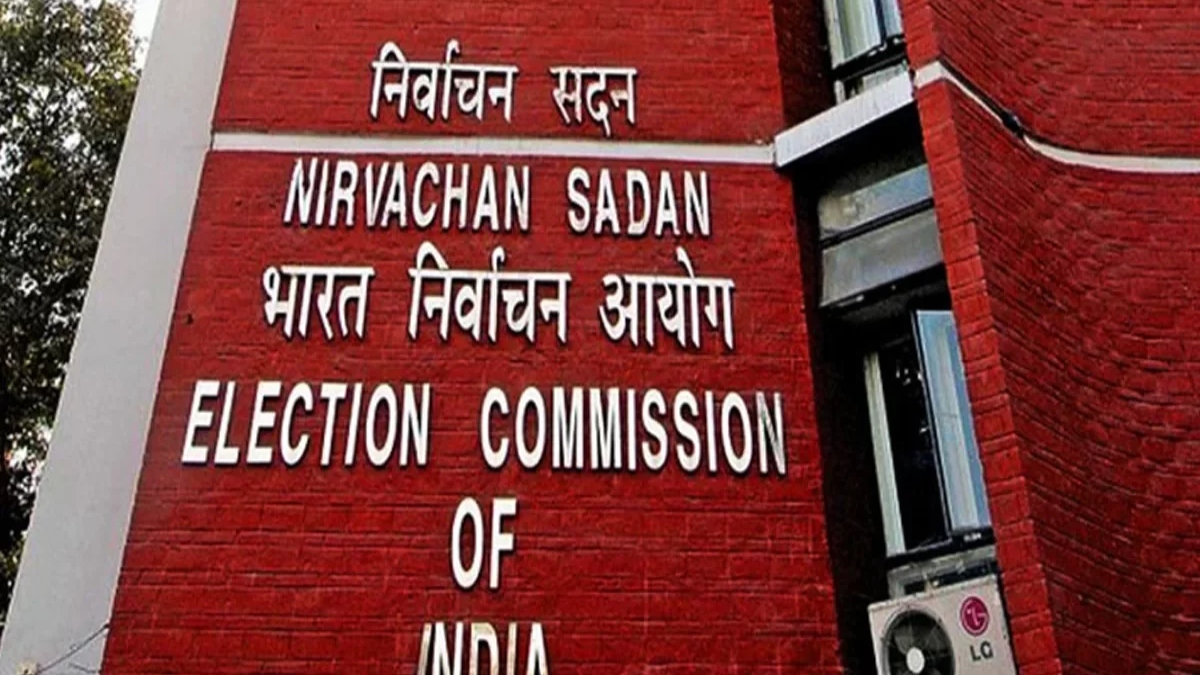)
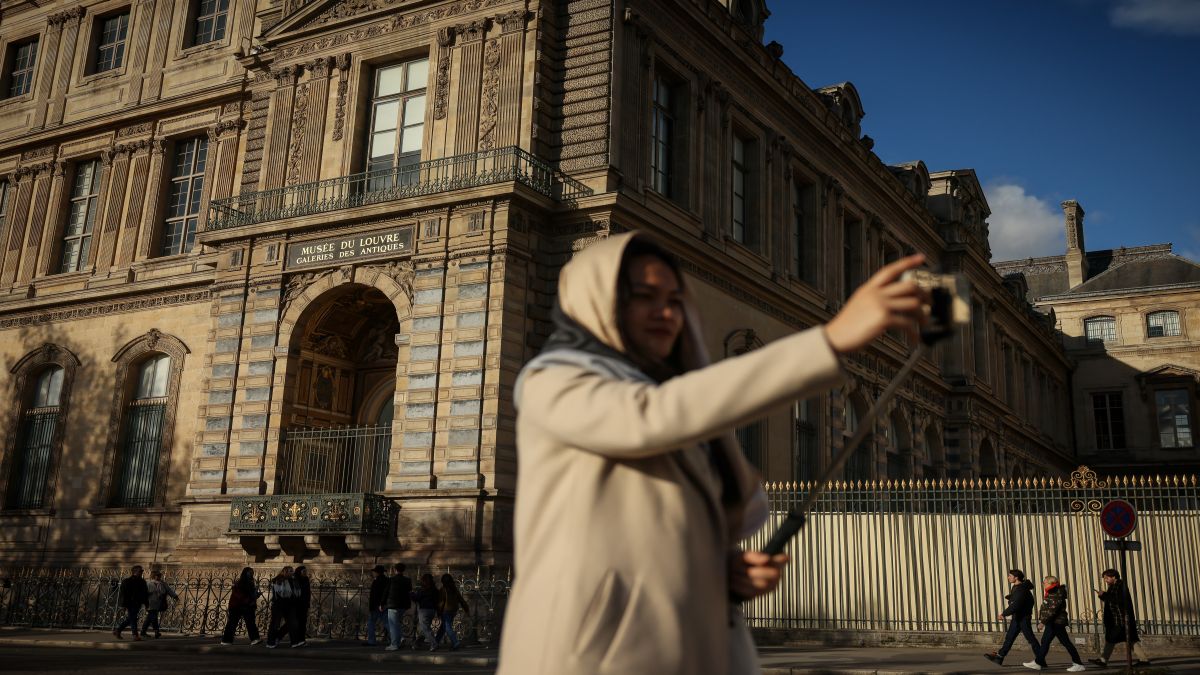)
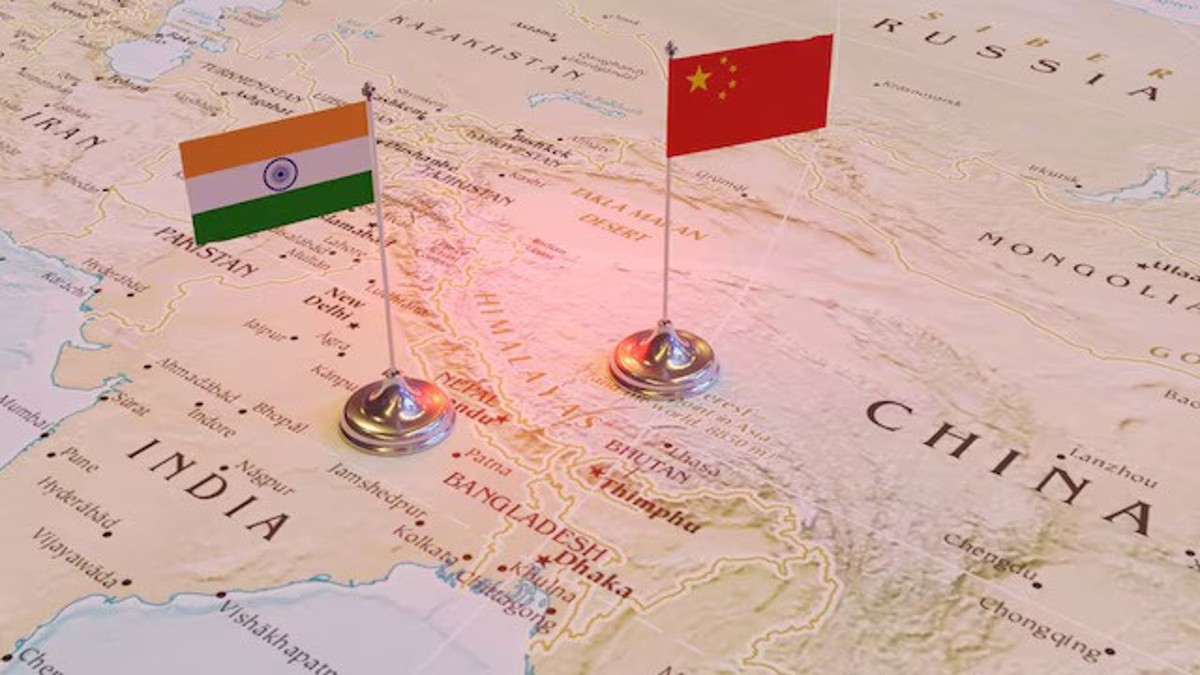)



